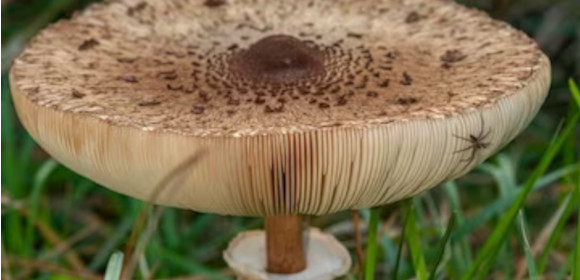Symbiosis
All animals in a specific biome or biosphere have interconnected and complex relationships that will indicate the interdependence, independence, and dependence of various species. People call these relationships symbiosis.
1. Symbiosis in a Deciduous Forest
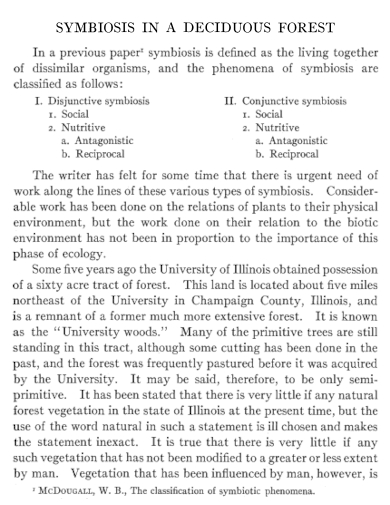
journals.uchicago.edu
2. Symbiosis in the Sea

blueworldtv.com
3. Symbiosis with Backbone

mdsg.umd.edu
4. Symbiosis Relationships between Animals
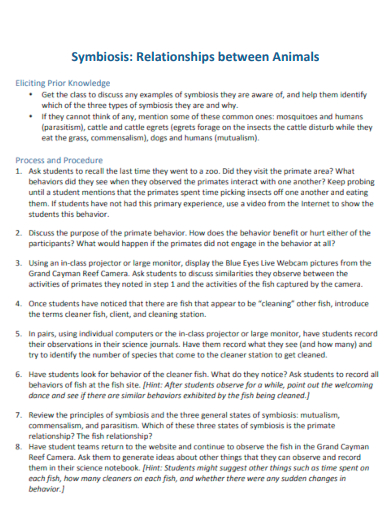
oceanfirsteducation.blue
5. Symbiosis in Deep-Water Corals
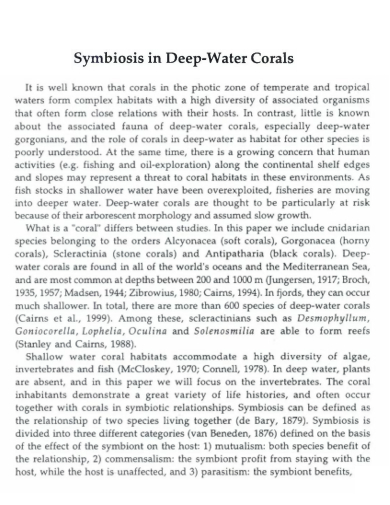
dal.ca
6. Host Bacterial Symbiosis in Health and Disease
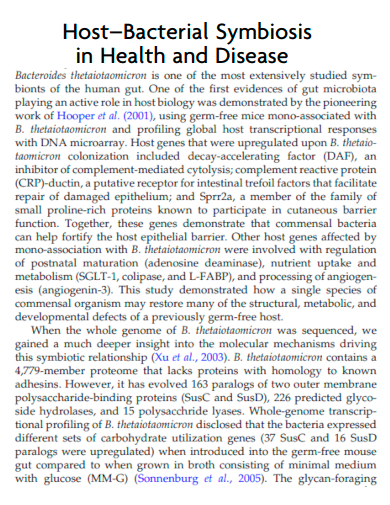
sarkis.caltech.edu
7. Content and Language Symbiosis
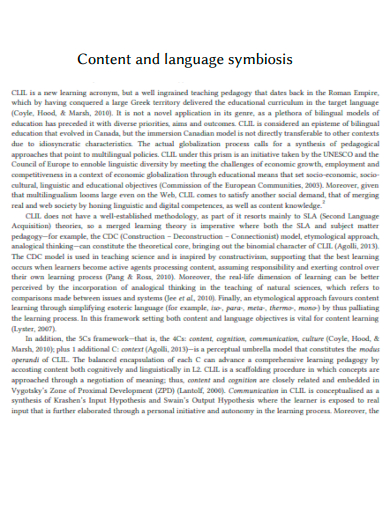
eric.ed.gov
8. Speciation by Symbiosis
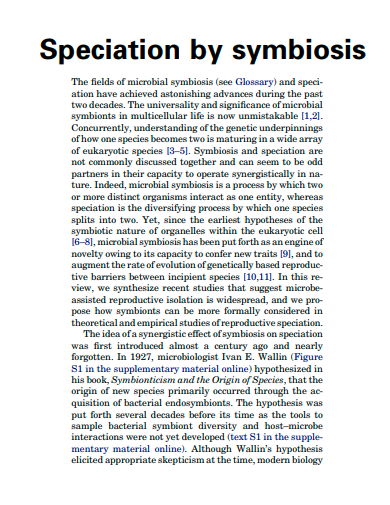
cell.com
9. Bacterial Symbiosis
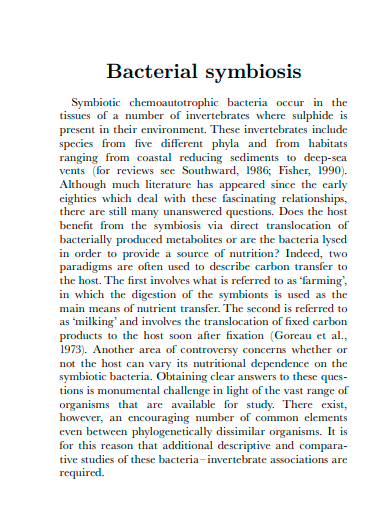
hal.science
10. Symbiotic Communications
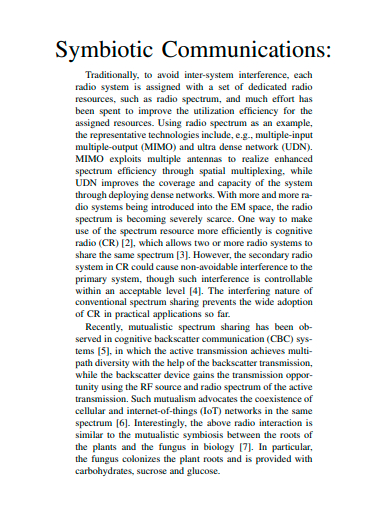
arxiv.org
11. Symbiosis in Agriculture

cdn.agclassroom.org
12. Symbiosis in Animals and Plants
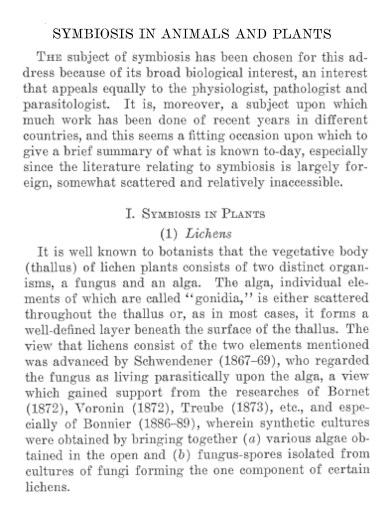
jstor.org
13. Underwater Symbiosis
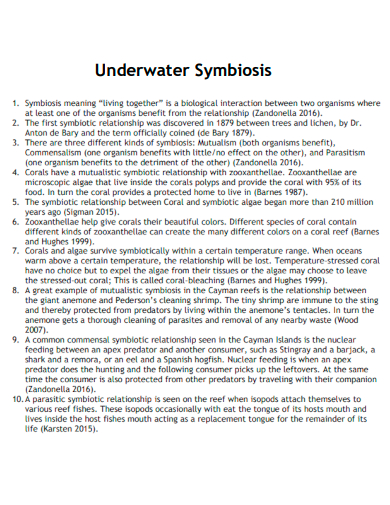
reefresearch.org
14. Cultural Symbiosis in Society Relationship

philarchive.org
15. Symbiosis in Organizational Decision Making
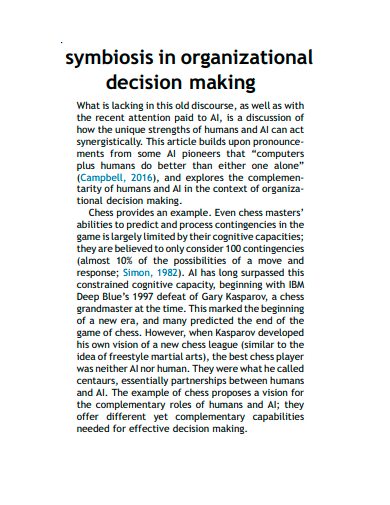
e-tarjome.com
16. Industrial Symbiosis in the Product Development
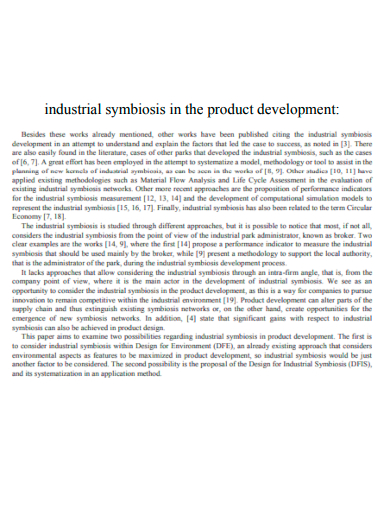
sciencedirectassets.com
17. Explorations in Symbiosis on Multithreaded Architectures

cseweb.ucsd.edu
18. Symbiosis in Fungus Farming Ants

pnas.org
19. Symbiosis in Digital Performance
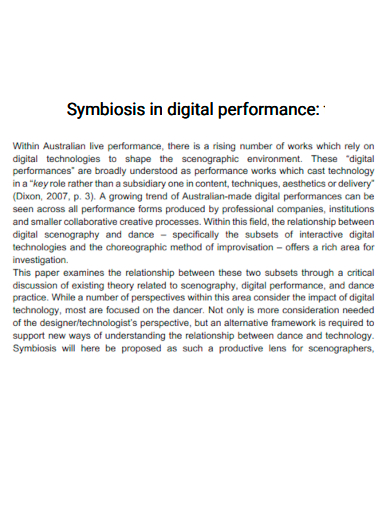
depaul.edu
20. Symbiosis and Mutualism
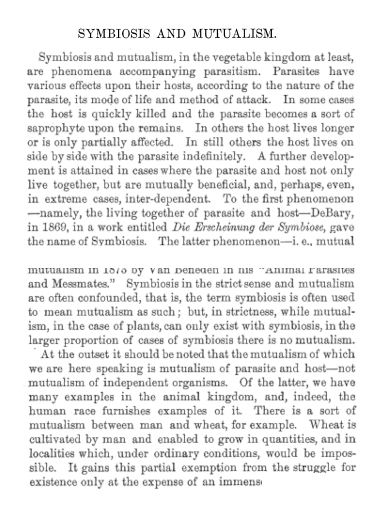
digitalcommons.unl.edu
21. Evolution of Symbiosis in Communities
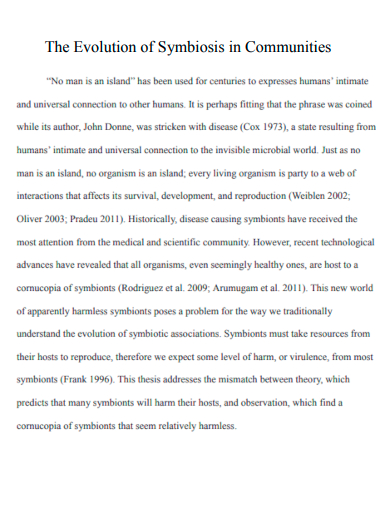
umn.edu
22. Quantitative Assessment of Urban and Symbiosis
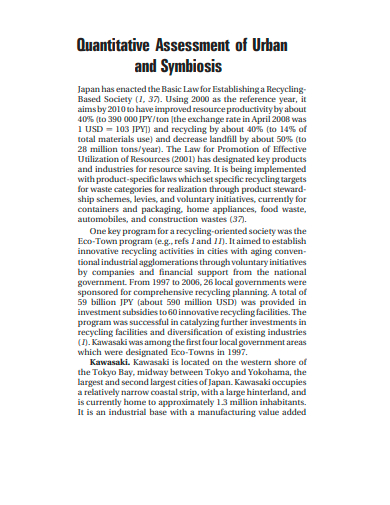
acs.org
23. Potential Industrial Symbiosis

sagep.com
24. Symbiosis in Rice Domestication and Breeding

mdpi-res.com
25. Uncovering Symbiosis
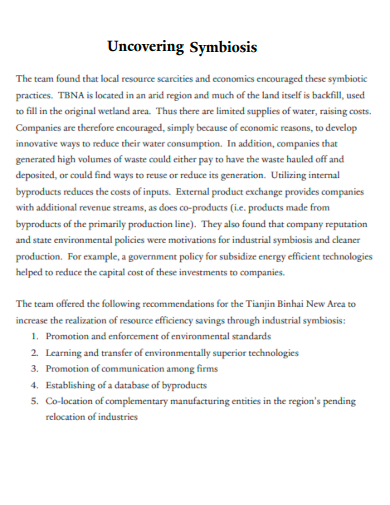
cie.research.yale.edu
26. Breakdown of the Coral-Algae Symbiosis

bg.copernicus.org
27. Comparative Study of Industrial Symbiosis

upc.edu
28. Genetics of Symbiosis

apsnet.org
29. Optimal Footprint Symbiosis
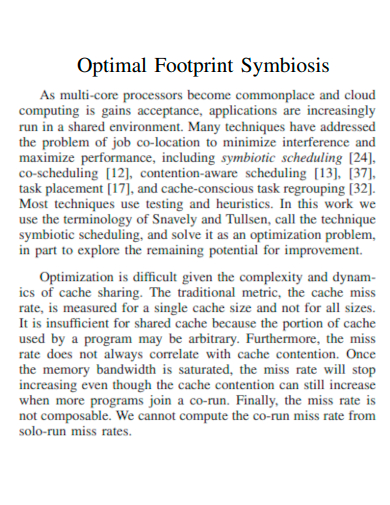
cs.rochester.edu
30. Nutritional Symbiosis
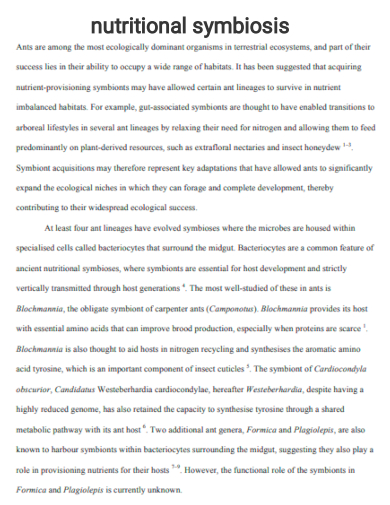
assets.research.com
31. Symbiosis in Rice
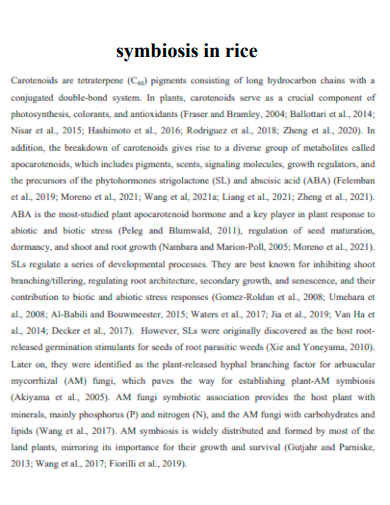
biorxiv.org
32. Case for Symbiosis in the Internet of Things

saeed.io
33. Roadmap for Industrial Symbiosis
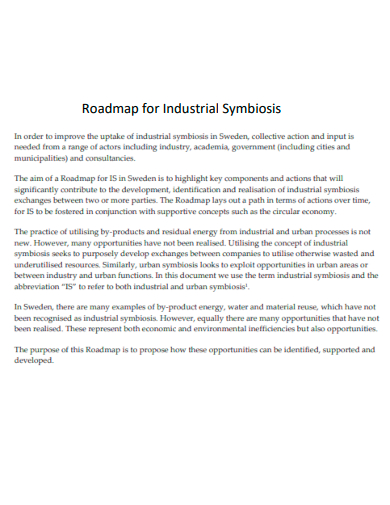
ivl.se
34. Symbiosis Symbiotic Relationship
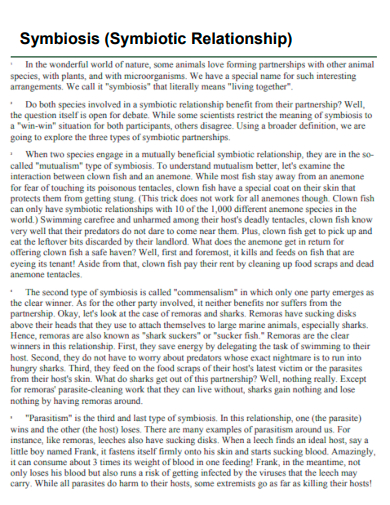
mrsd.org
35. Human Machine Symbiosis
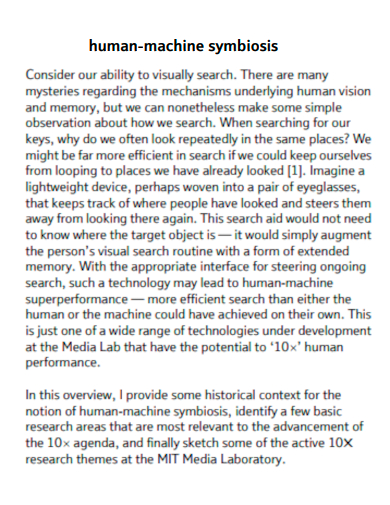
media.mit.edu
36. Symbiosis in Functional and Phylogenetic
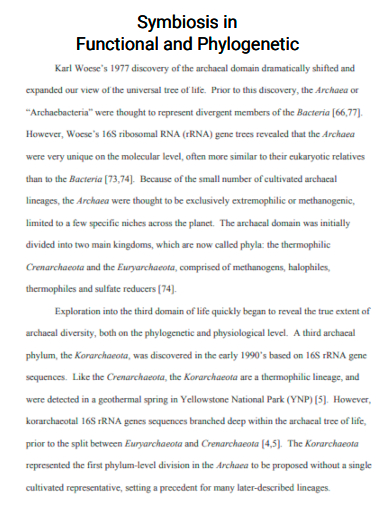
pdx.edu
37. Bacterial Leaf Nodule Symbiosis
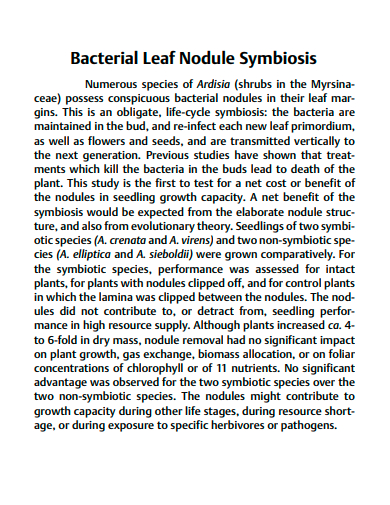
ucla.edu
38. Symbiosis in the Microbial World
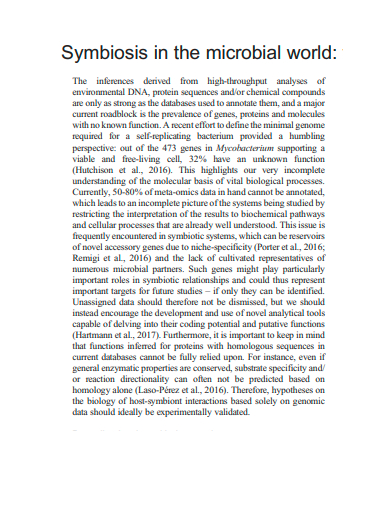
emelaura.com
39. Symbiosis with Boreal Forest
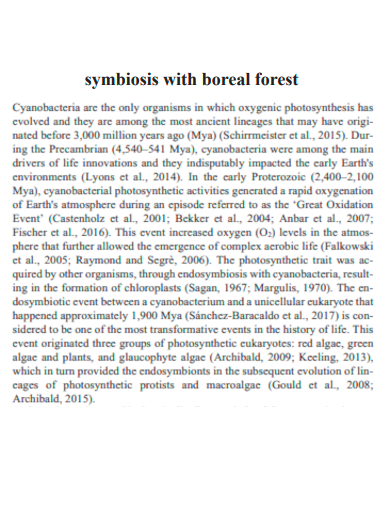
diva.org
40. Symbiosis in Environmentally Related Economies
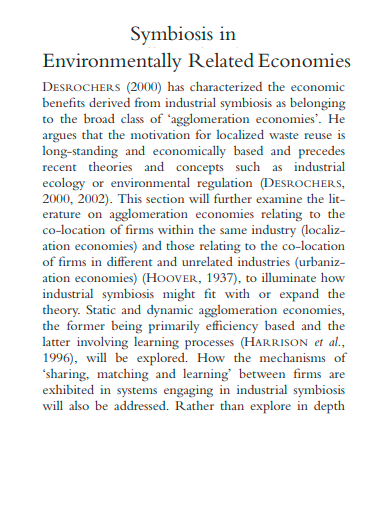
sswm.info
41. Establishment and Development of Symbiosis

monash.edu
42. Biology of a Babysitting Symbiosis
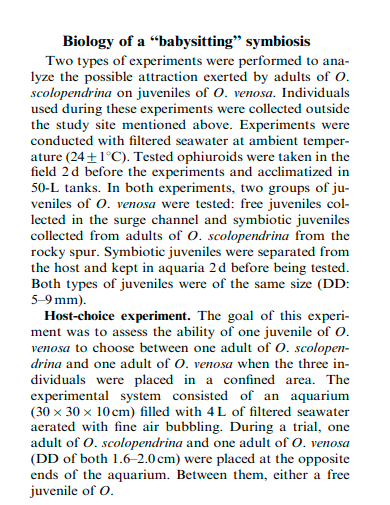
vliz.be
43. Symbiosis in Digital Evolution
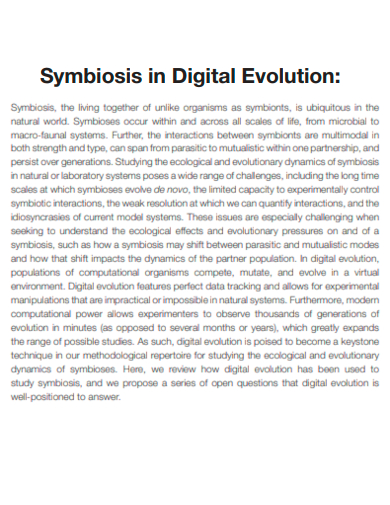
par.nsf.gov
44. Coordinate Symbiosis in Energy Enterprise
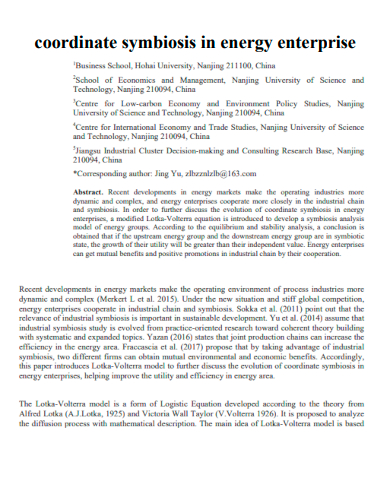
iopscience.iop.org
45. Symbiosis in a Circular Economy
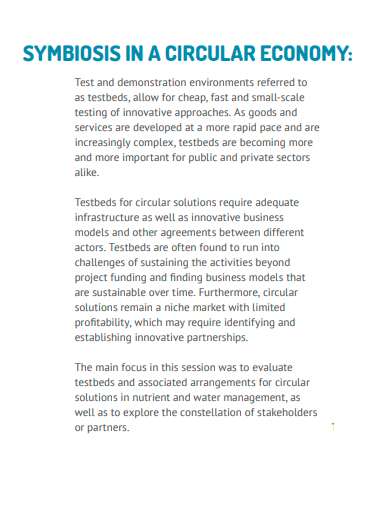
sei.org
46. Formal Symbiosis
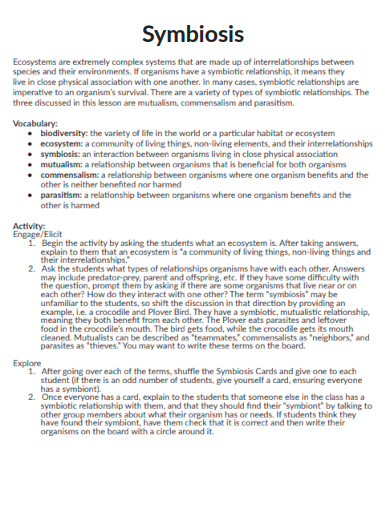
sailorsforthesea.org
47. Symbiosis as a General Principle

cshlp.org
48. Microbial Symbiosis in the Immune System
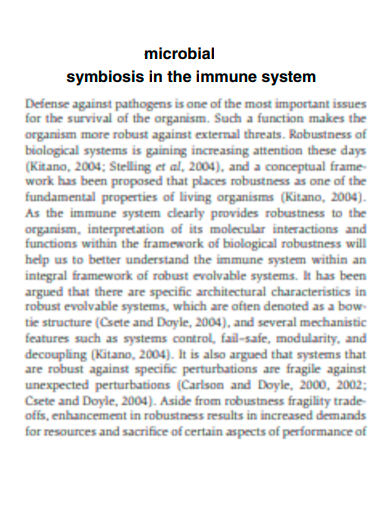
embopress.org
49. Distribution and Dynamics of a Defensive Symbiosis
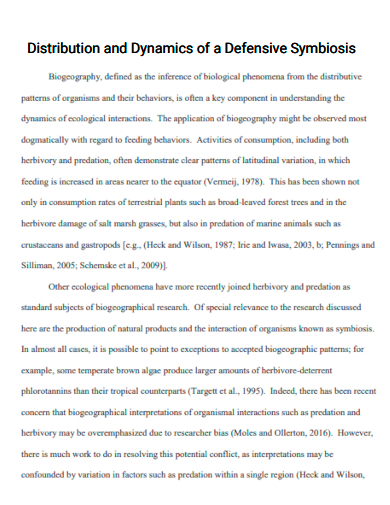
gsu.edu
50. Symbiosis Waste as a Resource

wsu.edu
What Is Symbiosis?
Symbiosis is the concept that illustrates the relationship between different species of animals, plants, bacteria, and other organisms between each other in a specific ecosystem or setting. Whenever animals and other organisms adapt one of the most important elements one must keep in mind is the symbiotic relationship of organisms.
How to Identify the Type of Symbiosis
Symbiosis comes in different forms, shapes, and sizes that are entirely dependent on the context and theme of the relationship. For example, parasitism is a symbiotic relationship that allows small predators to commit acts of predation on a host within the food chain or food web.
Step 1: Check if the Two Organisms Help and Benefit Each Other
When the relationship between both organisms mutually affects both of the living things in the relationship then the symbiotic relationship is mutualism. If both organisms will not mutually benefit each other, then it is not considered mutualism.
Step 2: Determine if One Organism is Positively Benefitting from Another Organism
When the relationship between both organisms benefits only one specie of organism without hurting the other, then the symbiotic relationship is commensalism. If one organism does not positively benefit from the other without harming the other organism, then it is not commensalism.
Step 3: Identify if One Organism is One-Sidedly Harming the Other Organism
When the relationship between both organisms has one type of specie hurting the other, then the symbiotic relationship is parasitic. But if the organism does not one-sidedly harm the other organism, then it is not parasitic.
Step 4: Find Out if the Organism Fights another Organism for Energy
When the relationship between both organisms has both of them competing for the same food source, then their symbiotic relationship is competitive. But if the organisms do not compete for food or shelter, then it is not a competitive relationship.
FAQs
Symbiosis is one of the biotic factors in the ecosystem that helps ensure the survival of various species living in a specific ecosystem or location. If an organism engaging in a symbiotic relationship with another disappears then its survival is threatened, which will reduce the specie’s ability to survive. How does symbiosis affect the ecosystem?
There are many examples of symbiotic relationships in the ocean. One of the most famous examples of symbiotic relationships in the ocean is the mutualistic relationship between clownfish and anemones. This is where the clownfishes help the anemone by eating parasites, while the anemone provides shelter for the clownfish.What is an example of symbiosis in the ocean or oceanic ecosystem?
Yes, ants have a lot of symbiotic relationships, which depend on the habitat of the ants. For example, ants rear and take care of aphids as cattle, as this can provide them with a good food source. Another symbiotic relationship ants have is the fungi, which the ants cultivate fungi to provide them with a steady supply of food.Do ants have any symbiotic relationships in the wild?
Symbiosis is a type of relationship between different organisms, wearing various organisms having different positive and negative relationships. It is important to know the different symbiotic relationships in nature, as the survival of the habitat depends on their relationships.



